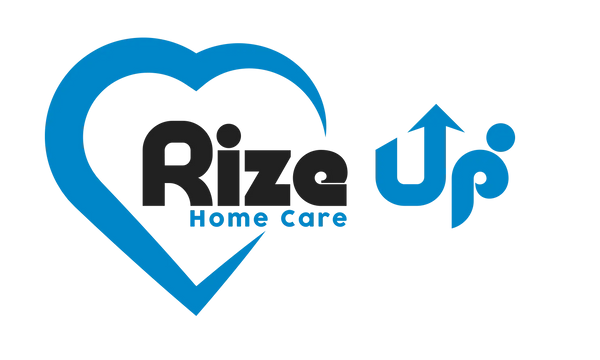Many caregivers assisting fallen patients end up getting injured themselves. Caregivers have one of the highest rates of lifting injuries. According to Allina Hospitals and Clinics, 12% of caregivers leave the profession each year due to back injuries. Of those who stay, over 52% complain of chronic back pain.
Taking care of a patient or family member who is aging in place can be emotionally and physically demanding. Home caregivers, nurses, and family members can all attest to the difficulties that arise when falls in elderly patients occur.
Without too much thought, many people immediately try to help and get the patient back up to a seated or standing position at the expense of their safety and physical health. It is at this moment that the caregiver can experience a myriad of lifting injuries.
The Most Common Lifting Injuries are Back Injuries
Caregivers unknowingly subject themselves to a potentially life-changing back injury every time they try to lift a patient or loved one. A back injury can occur instantly or develop over time. Injuries can occur “silently” over time without the perception of pain. By the time they feel the pain, extensive damage has already occurred.
Two Types of Lower Back Pain and Strain
15% of people experience lower back and 10% of caregivers live with chronic pain. When a person is lifting someone either repetitively, improperly, or is lifting just too much weight, it puts strain on their lower back.
Caregivers can sprain their back, experience herniated discs, and tear ligaments. Injuries in the lower back will cause the spinal joint ligaments to sprain and then become inflamed. This causes the lower back muscles to tighten up and this limits the flexibility of the muscle. There are two major lower back injuries that caregivers can experience.
Muscle Strain
Commonly called a pulled muscle strain occurs when someone tears the fibers in the lower back muscles by overexerting, overusing, or overstretching.
Lumbar Sprain
This lower back injury can occur suddenly, or gradually over a period when the ligaments in the back are overstretched or torn. Ligaments are the fibrous tissues that connect bones and they are quite tough.
Assisted Lifting Devices Can Help You Lift a Fallen Patient Up
If you are taking care of an aging patient or a loved one, you need all the help you can get to avoid a life-changing injury. Assisted lifting devices are the first line of defense against improper lifting and caregivers sustaining lifting injuries. For example, the Raizer M Lifting Chair is a mechanical lifting device that can be assembled underneath a fallen person and help them back up in minutes. The device weighs only 27.3 pounds and uses a hand crank to mechanically lift them, limiting the physical exertion from the helper.
When it comes to your safety, or your loved one’s, don’t take a chance. To learn more about how our portable patient lifting devices can help you be more prepared for falls, click the button below.
Disclaimers: Please note that although Rize Up Care has consulted multiple legal sources to verify the information in this article, we are not lawyers. Always consult with a legal professional before filing a claim.
Always assess the situation before making medical decisions to help another person. A lifting device should only be used in certain situations which can be assessed and determined that it is safe to use. If you are uncertain, please seek a medical professional for help. Always use your best judgement. The Raizer Lifting Chairs make the lifting process faster, easier and ensure proper lifting technique. That does not mean that they are suitable for every situation.

